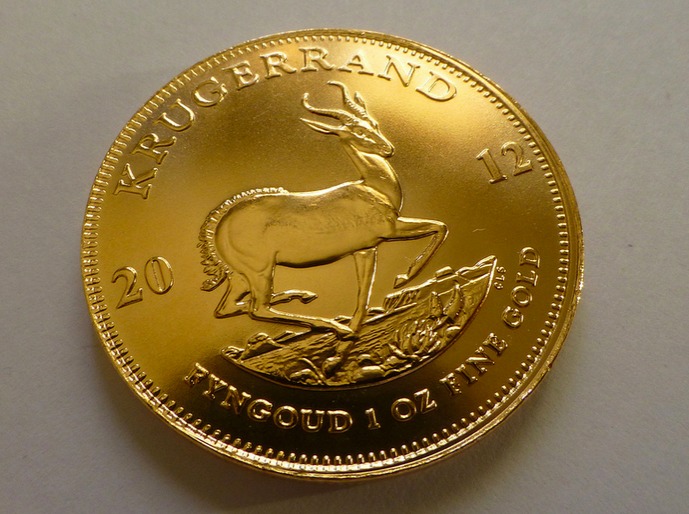Author: Hengfu Hsu, Analytic Investments
Covestor models: Dividend, Deep Value, Earnings Growth, Opportunistic Value, Enterprise Value, Focus Value
Disclosure: Long HQS, PUDA, UTA in Opportunistic Value; Long PUDA in Deep Value
Currently, Chinese reverse merger stocks listed on US exchanges are just like a rat crossing the street in the old Chinese saying, and the sentiment, valuation, and lack of financial clarity about these Chinese stocks now is no different from the sentiment, valuation, and lack of financial clarity about financial stocks in 2008 or 2009.
Based on fundamental valuations, our portfolios do own multiple Chinese reverse merger stocks. If history repeats itself about investors’ fear and greed, as the dust settles, the time for bargain hunting of these beaten down stocks could come any day, so we have no intention to explicitly exclude or sell them in our portfolios based on recent bad publicity they’ve received. On the other hand, it is also quite possible we’ll have to take a total loss on some of Chinese stocks before we can realize any gain, and that is why we have position sizing to control risk.
Investing in individual stocks is highly risky as always, hence we use small position sizes in our portfolios to prepare for the event of total loss of individual stocks. For our diversified portfolios (i.e., non-focus portfolios), we typically hold 50 to 110 positions, with average position weighting 1% to 3%. Our computer programs automatically assign the riskier positions with smaller weighting, typically around 1% or less. Also, our computer programs are not afraid to sell them to move capital into other positions when opportunities arise.
When Sir John Templeton in 1939 bought 100 shares in each of 104 companies selling at one dollar per share or less, including 34 companies that were in bankruptcy, four of his stocks indeed resulted in total loss, which did not prevent him from becoming one of the world most successful investors in history.
With that said, our Focus Value and Focus ETF* models are concentrated portfolios with less than 20 positions. Concentrated portfolios carry significantly more risk than diversified portfolios and may not be suitable for every investor.
*Editor’s note: As of 9/12/11, the Focus ETF model is no longer available on Covestor




